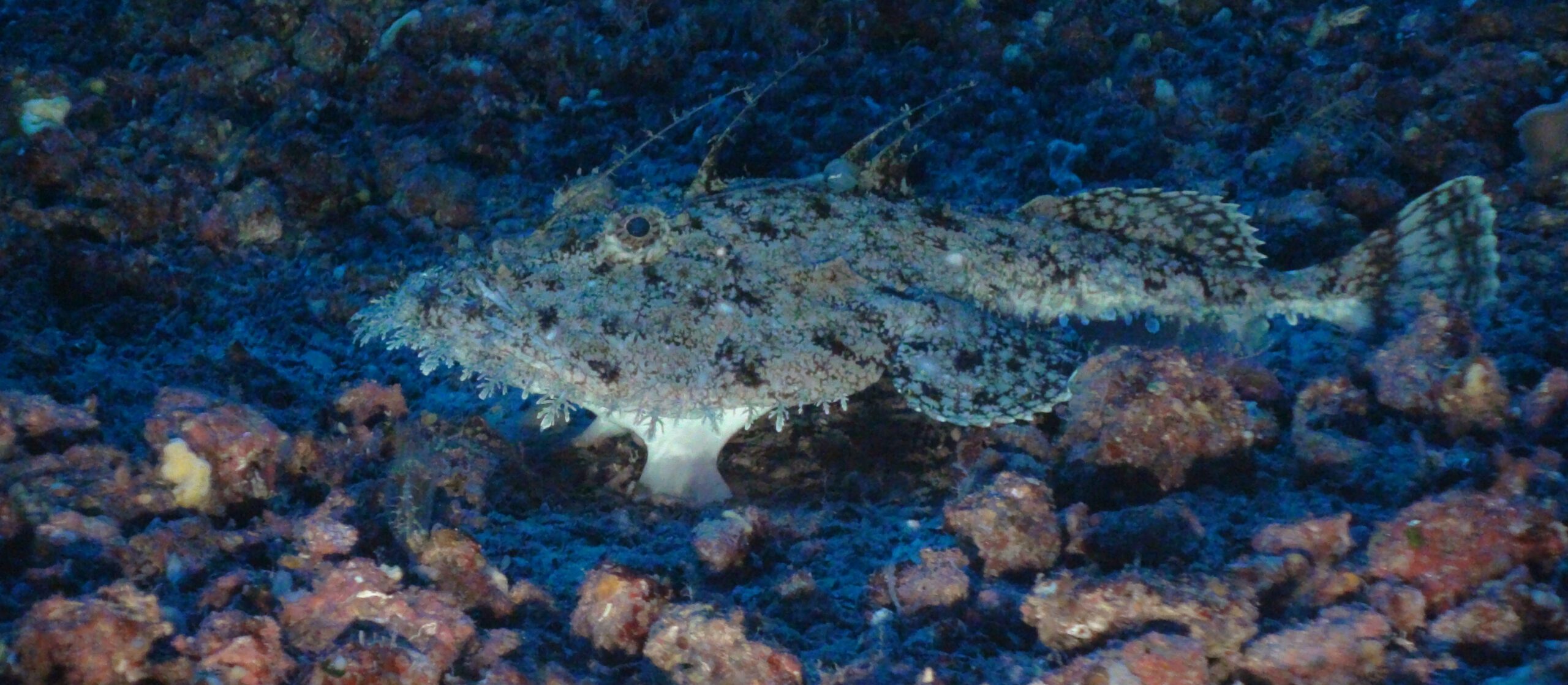Mallorca Channel
 Oceana also completed studies on the most important seamounts in the Mallorca Channel, known as Emile Baudot, Ses Olives and Ausias March. These seamounts form the border between the Algerian and Balearic sub-basins, which are very different from each other, making this an area of characteristic oceanographic, geological and ecological conditions that constitutes a habitat for dozens of species protected by various national and international conventions, such as the carnivorous sponge Asbestopluma hypogea, mollusks Ranella olearia and Charonia lampas, as well as marine mammals and reptiles frequently documented in these waters.
Oceana also completed studies on the most important seamounts in the Mallorca Channel, known as Emile Baudot, Ses Olives and Ausias March. These seamounts form the border between the Algerian and Balearic sub-basins, which are very different from each other, making this an area of characteristic oceanographic, geological and ecological conditions that constitutes a habitat for dozens of species protected by various national and international conventions, such as the carnivorous sponge Asbestopluma hypogea, mollusks Ranella olearia and Charonia lampas, as well as marine mammals and reptiles frequently documented in these waters.
These seamounts also harbor a variety of habitats that should be protected given their high productivity and/or degree of threat, such as coralline beds, bamboo coral beds, rhodolith beds and deep-sea sponge fields, among others. In addition, species of commercial interest like crabs and fish depend on habitats located in this area and some of these are listed as priority habitats by the General Fisheries Commission for the Mediterranean.
Destructive fishing practices seriously damage habitats and cause a decline in the abundance of species and their size. In this sense, being aware of the relation between sensitive habitats and fishing resources is essential for adequate fisheries management in this area.
The diversity of species and their abundance will increase if protection measures are implemented for these sensitive habitats and destructive fishing practices are eradicated.
Thus, correct management is essential for the sustainability of fishing activities. Oceana calls for the creation of a Marine Protected Area for the protection and recovery of these extraordinary sea beds.
The following conclusions can be made based on Oceana’s research:
? The urgent need to protect the area by forcing compliance with different regulations for the protection of species under special status both on a national and international level. The findings documented in the study area prove that the Balearic seamounts constitute an area of high ecological value.
? The need to establish fishing management and monitoring measures in the area due to the presence of sensitive habitats for fish of commercial interest.
Apart from the creation of a Marine Protected Area for the main Balearic seamounts and its corresponding management tools, Oceana believes the following recommendations should be taken into account:
? Promote the study (distribution, state of conservation, etc.) of species with special protection status, on a regional and national level.
? Increase the presence of deep-sea species listed in the Habitats Directive and in National Catalogs considered species with special protection status in other lists.
? Complete the reference habitats lists for the Mediterranean due to the deficiencies observed both in the regional habitats list (Barcelona Convention) and the European reference list, EUNIS, because the habitats observed on the Balearic seamounts do not correspond.
? Eliminate and/or manage the possible threats detected on these sea beds of special importance and particularly in the areas where protected or vulnerable species are present.
? Educate and raise awareness of the population and public in general about the fact that the sea is not a waste dump and that we should all contribute to cleaner, healthier oceans and seas.

